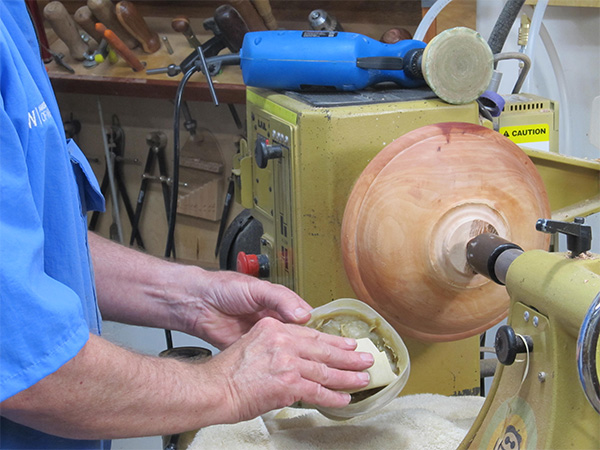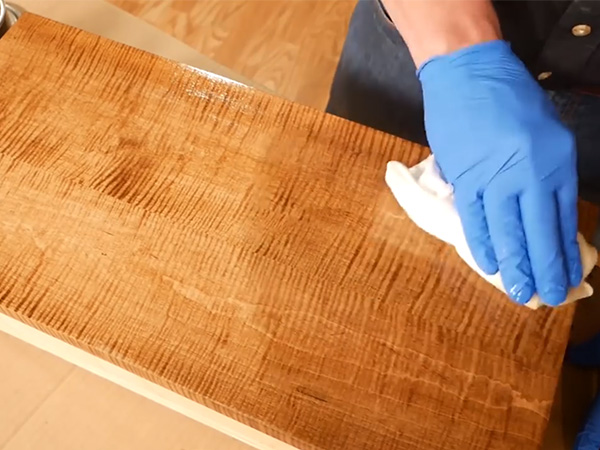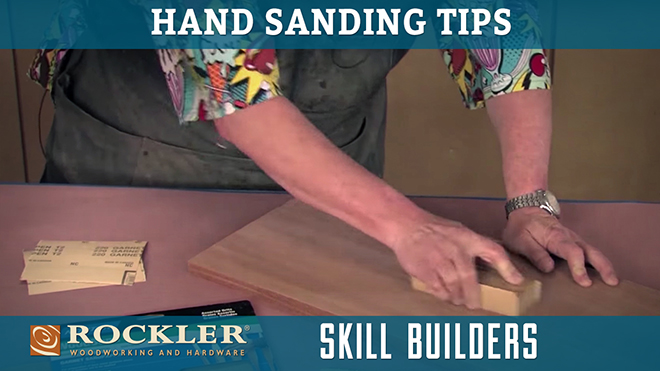 Last week I got a text regarding my grandson: “Connor Mac at the ER … seven stiches in his chin.” Such is life for a 7 year old. But as they say about the apple and the tree, I confess to having spent some time being repaired in various settings. Recently, while working alone at my cabin, a ladder collapsed under me, and it was only with excellent luck that I did not end up seriously hurt. It was a foolish accident and 100% my fault. (Apparently I am no longer 25 … or even 50 years old.)
Last week I got a text regarding my grandson: “Connor Mac at the ER … seven stiches in his chin.” Such is life for a 7 year old. But as they say about the apple and the tree, I confess to having spent some time being repaired in various settings. Recently, while working alone at my cabin, a ladder collapsed under me, and it was only with excellent luck that I did not end up seriously hurt. It was a foolish accident and 100% my fault. (Apparently I am no longer 25 … or even 50 years old.)
Which has brought a new perspective to my shop behavior. While I have always been pretty careful in terms of proper technique and safety gear, I am now spending a little more forethought on lifting, unloading and things like properly supporting my work. Perhaps a little late, but at least I am still in the game.
So what about you? Do you take precautions beyond typical shop safety? If so, what are they? Perhaps we can all benefit from your experience.
Rob Johnstone, Woodworker’s Journal
![]()
Why You Should Be Wet-Sanding Your Woodturning Projects
Adding wet-sanding to our arsenal can be a major benefit to our lungs. AAW’s Mike Peace explains the benefits of using lubricants when sanding turning projects.
![]()
Six Simple Wood Finishes
Six examples of simple finishes that anyone can use to enhance their next project.
![]()
From Our Sponsor
| The physical act of hand sanding is simple enough, but there’s a lot more to refining the sanding process, including grit progression and angle relative to the grain. Watch our Skill Builder video to familiarize yourself with the details and augment your own method. |










